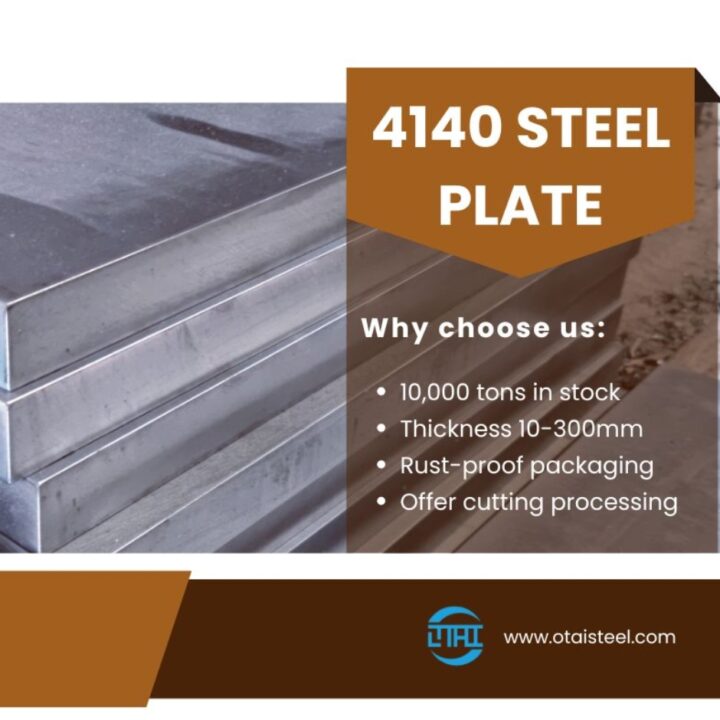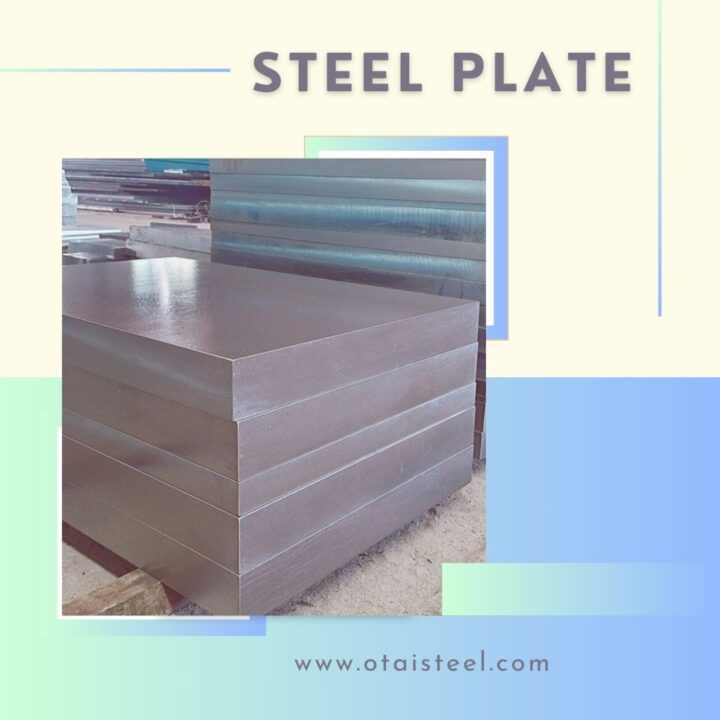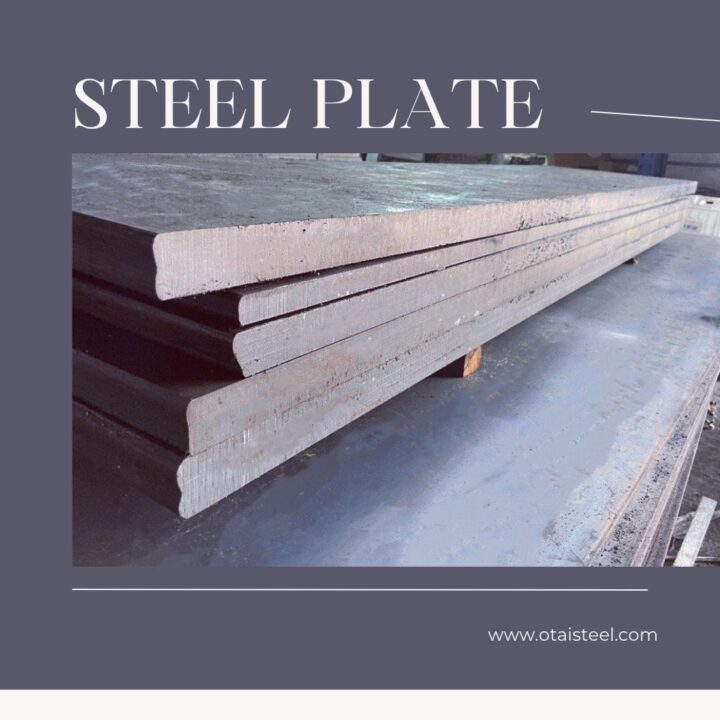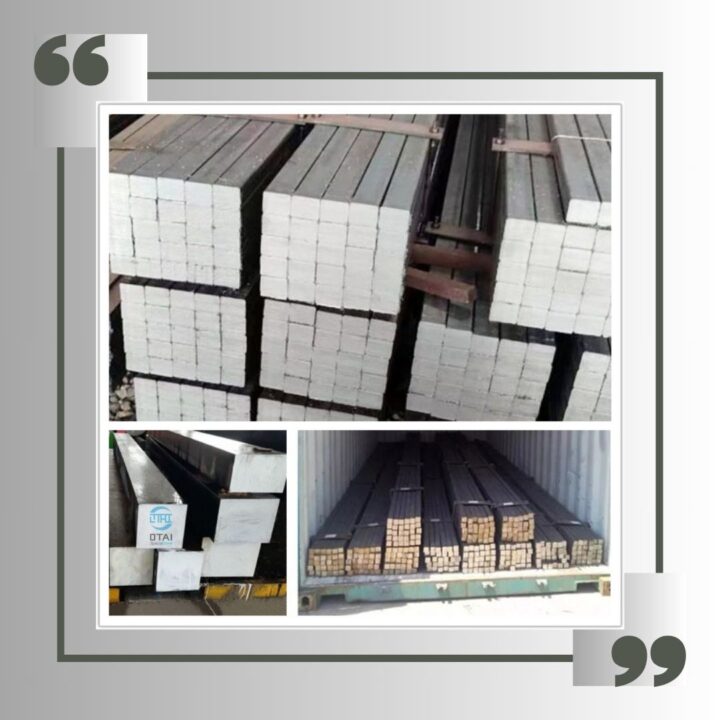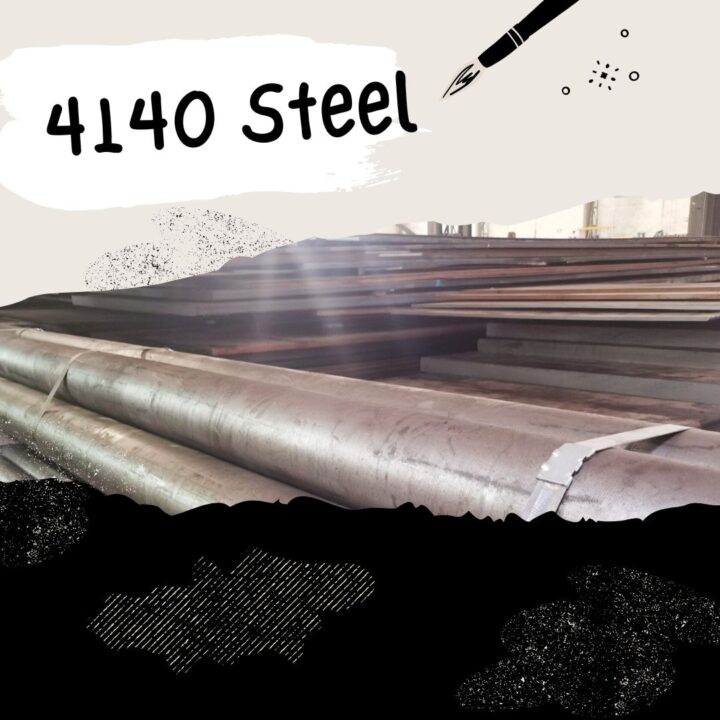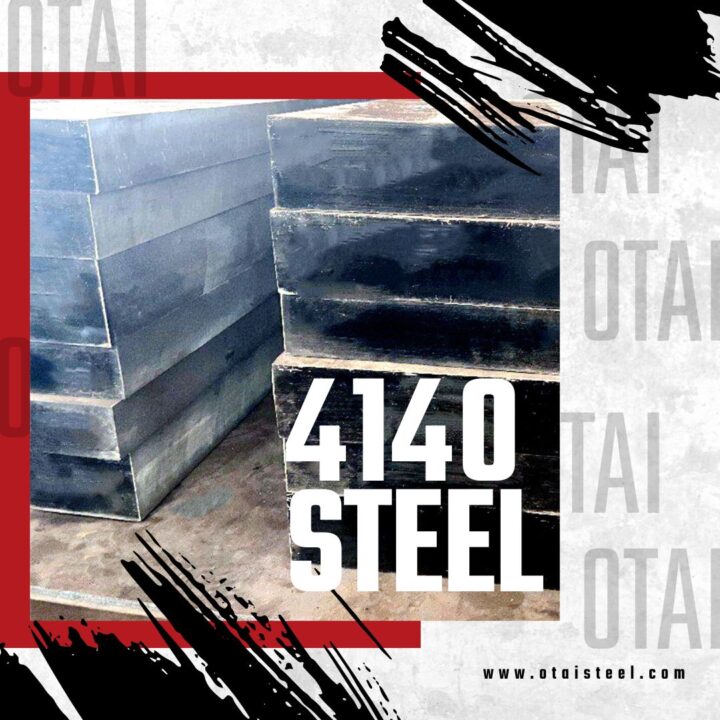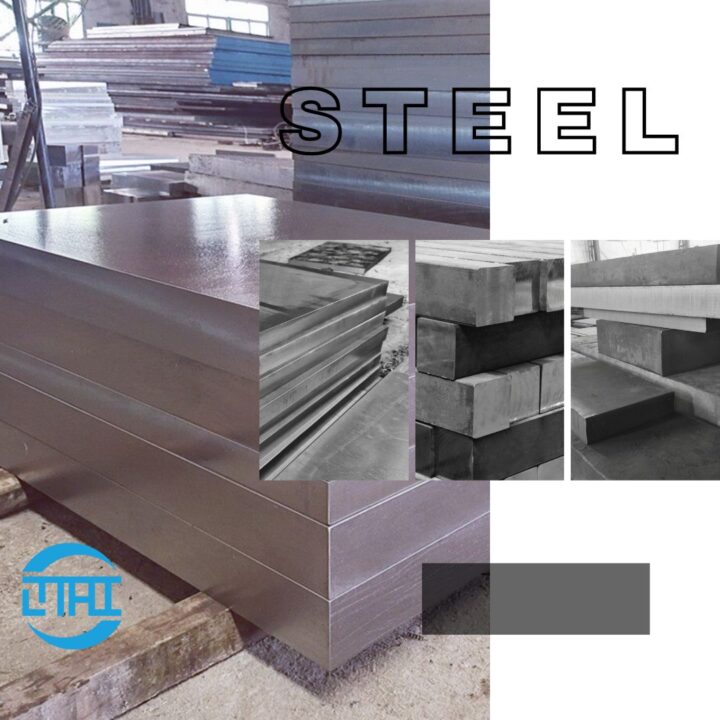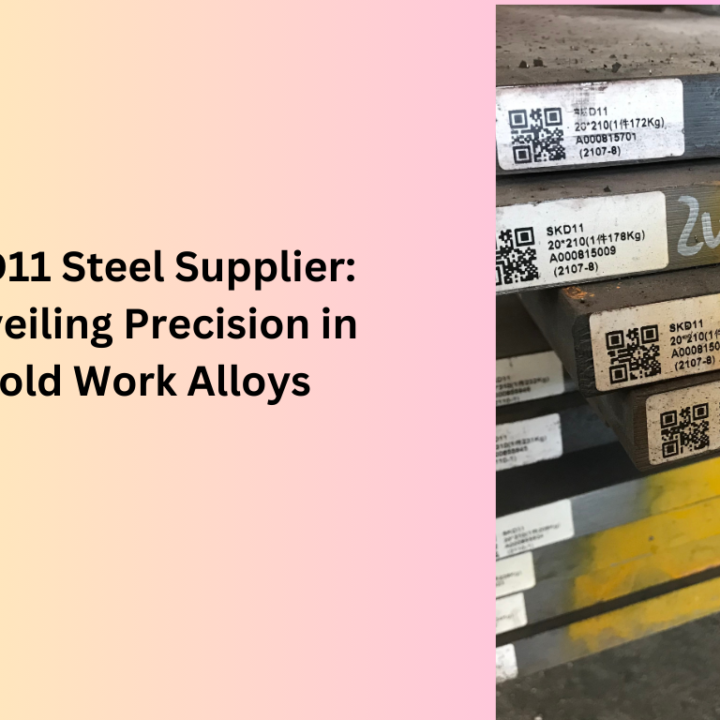The pursuit of sustainability has become paramount in various industries, and the material choices made play a crucial role in achieving sustainable practices. In recent years, the sustainability of materials like 4140 steel has garnered attention due to their potential for recycling and reuse.
Sustainable Features of 4140 Steel
- Durability and Longevity
One of the sustainable features of 4140 steel is its durability and longevity. It exhibits excellent resistance to wear, corrosion, and fatigue, allowing products made from 4140 steel to have a longer service life compared to other materials. This reduces the need for frequent replacements and minimizes waste generation.
- Recyclability
4140 steel is highly recyclable. At the end of its useful life, it can be melted down and used to produce new steel products. The recycling process of 4140 steel consumes less energy and resources compared to the production of new steel from raw materials, contributing to the conservation of natural resources and reduction of carbon emissions.
- Reusability
Apart from recycling, 4140 steel also offers opportunities for reuse. Components made from 4140 steel can be repurposed or refurbished for other applications, extending their lifespan and reducing the demand for new materials. Reusing 4140 steel helps minimize waste generation and energy consumption associated with manufacturing new components.
Recycling and Reuse Potential
The potential for recycling and reuse of 4140 steel is significant, primarily due to its desirable properties and widespread use in various industries. The following factors contribute to its recycling and reuse potential:
- High Demand
4140 steel is in high demand in industries such as automotive, aerospace, and construction. This creates a steady supply of end-of-life products and components that can be recycled or reused to produce new steel products or remanufactured parts.
- Efficient Recycling Processes
The recycling processes for steel, including 4140 steel, are well-established and efficient. The steel is typically sorted, cleaned, and melted in electric arc furnaces, where impurities are removed. The resulting molten steel can then be cast into various shapes and forms for reuse.
- Reusability in Remanufacturing
4140 steel components can undergo remanufacturing processes, where worn or damaged parts are repaired or restored to their original specifications. This practice extends the lifespan of components, reduces waste, and conserves resources.
Applications in Sustainable Industries
The sustainable features and recycling potential of 4140 steel make it an attractive material for use in various sustainable industries, including:
- Automotive Industry
4140 steel can be found in various automotive components, such as engine parts, chassis, and suspension systems. The recyclability and reusability of 4140 steel make it a valuable material for sustainable automotive manufacturing and maintenance practices.
- Construction Industry
In the construction industry, 4140 steel can be used in structural components, reinforcement bars, and fasteners. Its durability, recyclability, and reuse potential contribute to sustainable construction practices and the circular economy.
- Manufacturing Industry
Manufacturing processes often generate scrap and waste materials. By using 4140 steel and implementing recycling and reuse programs, manufacturers can minimize waste generation, conserve resources, and reduce their environmental footprint.
Environmental Benefits
The use of 4140 steel in recycling and reuse programs offers several environmental benefits:
- Reduction of carbon emissions: Recycling 4140 steel consumes less energy and produces fewer carbon emissions compared to the production of new steel from raw materials.
- Conservation of natural resources: Recycling and reusing 4140 steel helps preserve natural resources, such as iron ore and coal, which are used in the production of virgin steel.
- Waste reduction: By recycling and reusing 4140 steel, waste generation is minimized, leading to a more sustainable and circular economy.
The sustainability benefits and long-term cost-effectiveness of 4140 steel further support its adoption in the construction industry, contributing to resilient and environmentally conscious infrastructure development.
